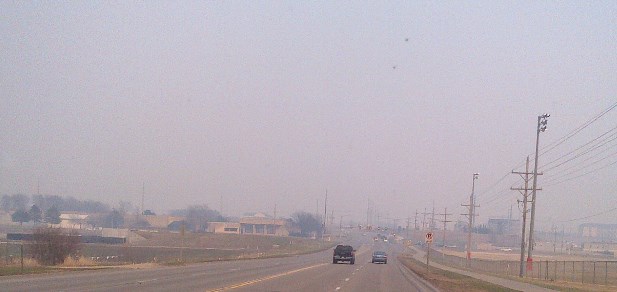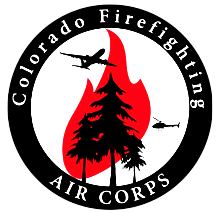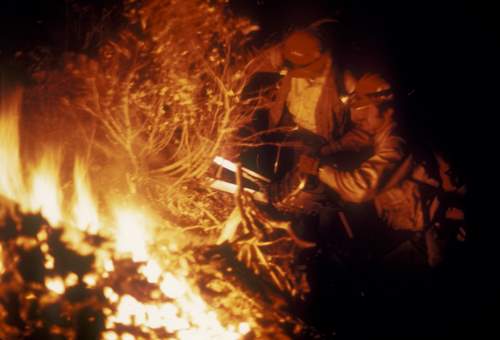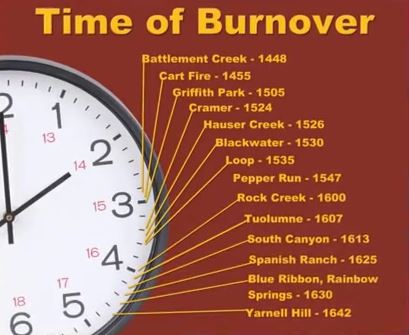Today we have an article from a guest author, Derrick Davis, a Fire Captain with the Kern County Fire Department in southern California.
****
Pattern recognition in today’s wildfire community
There is no doubt in everyone’s eyes that fires are burning more intensely than before and the fire service is getting more and more complex day by day. But what has changed from the fires of the early 1900’s? Have our tactics changed? Has fire taken on a new role and become a beast that is hard to understand? There is no doubt that things are harder now than they were back then, with land management policies, urban interface and many other factors that leave us in bondage when we try and do our jobs.
But one thing that really hasn’t changed is fire. It still burns exactly the same as it did when man first discovered it, right? Or are we missing something? What’s different from the firefighters that arrived to fires via horseback with back pack pumps, Pulaskis, shovels and crosscut saws? Were their tactics truly any different from ours now? Anchor, flank and pinch. If the fire is too hot, back off and if the conditions allow, go after it. So why are people getting hurt and killed?
If we take a look at some of the recent fatality and near-miss fires, what are some common things we see that leads us down a road into trouble?
- Unburned Fuel between Us and the Fire
- Lookouts, Communications, Escape Routes, and Safety Zone (LCES) Not in Place (all components of it)
- Wildland Urban Interface
These are three major things that can eventually lead to game changing outcomes. We already know that we must face and mitigate them. But the reality of it is, are we truly mitigating them or just checking boxes so that we can move forward? We know there are many other things, that play serious roles in injuries and near-misses on fires, like human factors, inexperience and the nature effect. Let’s face it, our jobs are dangerous, nature is far more powerful than us, but we step out there and combat against it every summer. Why not try increasing the odds in our favor?
Unburned Fuel between Us and the Fire
It’s no longer a “watch out” situation. It’s a killer, it’s behind every corner and it’s on every rooftop waiting for the right time to pull the trigger or plant the ambush. We need to really re-evaluate (seriously evaluate) every time that we consider being placed in that situation. The way “today’s” fires have the potential to burn and are burning, our time wedge is greatly reduced and we are having a hard time truly estimating and understanding real and true potential of fire spread and intensity.
LCES Not in Place
It’s a pretty simple concept and is the key to safety and going home at night if you understand its true meaning. It’s not a something we can just cover in a briefing so we can move forward with the plan. It is constant and needs to be continually re-evaluated to ensure safety.
Every crew has at least one lookout, but if it’s only one, can that one person truly see everything that’s coming our way? Two or three of them plus, a set of outside eyes always helps. What’s the phrase? One is none and two is one. So if two is one, then four is really two? The more lookouts, the better, and other people’s eyes and voices are good to confirm that little voice in your head saying “this isn’t feeling so right” when it’s hot and heavy. Remember that using air resources is great. They can see a lot when they focus directly on you, but air should not be your only lookout.
Communications
Communication is the key to clarity. It’s a must, and not just internally. You need to have multiple sources. Share information with everyone. Let all the necessary people involved know exactly what your intentions are and ask for feedback. It’s not reality unless it’s shared. If your assignment or intentions are effectively communicated,and understood by everyone, then everyone knows the plan. If there is uncertainty in the plan it draws questions that will lead to plan modification, probably for a safer working environment.
Escape routes
We must have escape routes and they must be known. They have to be validated so that in this “new normal” fire environment they will be adequate to lead to the bigger picture (safety zones).
Safety zones
What is a good safety zone anymore? Is it the black? And if that’s the case, what is a good black or burned area? It’s a topic that needs to be revisited over and over again. If it’s not the black then what is it? Structures? Roads? Vehicles? Is the safety zone adequate for the fire behavior that is forecast, predicted and being observed?
LCES is vital to our safety and it needs to be properly understood, developed and practiced.
Wildland Urban Interface
It’s unavoidable that people build their houses in the woods. Who wouldn’t want to be in the woods? We are asked every year to go out there and save those structures from fire. We get target fixated at times during structure defense. LCES goes out the window and we put ourselves out in front of the fire. These are the things that can spell disaster with a capital D. We will continue to do this every year, so we need to do a much better job of recognizing the patterns that lead to disaster.
So how do we mitigate it and make it fighting fire safer? Pre-planning to ensure the public is doing their part in creating defensible space is key. This firefighting game is a partnership between us and the public. No partnership lasts very long in an 80/20 effort. It needs to be a 50/50 relationship.
Each year about this time we start preparing for this season’s challenges after catching our breath and look back at the adventures of the past summer. Most of us go “wow that was a good one, glad we got out of that one safely”. But why are we still having the “that was close” conversations? Are we failing to recognize the patterns that lead to trouble? Is our situational awareness not built up enough? As it’s been said before, we go out each year and go to war with a force that is always much stronger and more powerful than us. Don’t you think we should start stacking the odds in our favor?
Keep your head and senses up and come home safe.






